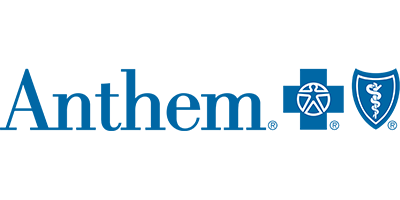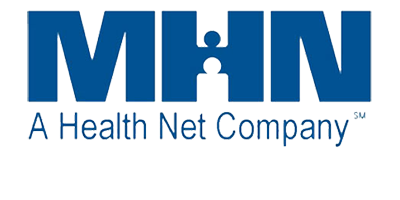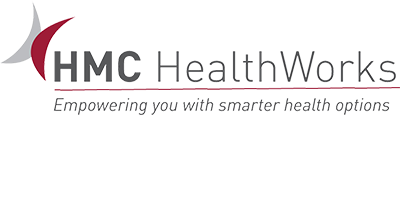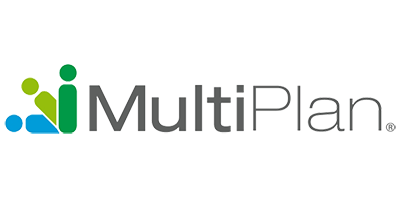Neurofeedback is one of the many therapies offered at Awakenings Treatment Center. This type of biofeedback involves measuring brain waves and delivering real-time feedback about how the brain works. The goal is to help patients gain control over involuntary body functions, such as heart rate and muscle contraction.
Neurofeedback teaches self-control of brain functions by showing patients how their brain reacts to certain triggers. Over time, patients learn to recognize when their brain is in a certain state and how to recreate the desired state. In other words, neurofeedback teaches patients how to ‘train’ their brains to think and respond more positively.
How Does Neurofeedback Work?
In a neurofeedback session, we place sensors on the scalp to detect brainwave patterns. These patterns are subsequently displayed on a computer screen through visual or auditory feedback. You will actively engage in modifying your brainwave activity in response to the feedback.
The goal of neurofeedback is to help you learn to regulate your brain function and optimize performance. Throughout the session, your therapist will monitor your activity and map brain waves against the ideal state you’re trying to achieve. Most sessions last 60 minutes.
Let’s say that you’re engaging in an activity that changes the color of the screen according to your emotions. If you experience a negative emotion, the screen gets darker. If you experience a positive emotion, the screen gets lighter. In the session, your brain actively determines the necessary steps for cultivating healthier thoughts and responses.
What Does Neurofeedback Treat?
Many individuals benefit from neurofeedback, which is why this therapy is offered at Awakenings Treatment Center. Many of our clients struggle with co-occurring conditions like depression, anxiety or ADHD, and it’s important to get these symptoms under control so that they can heal from their substance use disorder.
Based on research, neurofeedback has shown success in treating ADHD, anxiety, depression, autism spectrum disorder, insomnia, learning disabilities, drug addiction and epilepsy. Although neurofeedback is not new, the research is still ongoing. This is why neurofeedback is recommended as an adjunct alongside other evidence-based treatments and medications.
Are There Any Risks?
Generally speaking, neurofeedback is a safe treatment that involves no drugs or needles. It is noninvasive, and the most common side effects are headset discomfort and drowsiness. The best way to ensure a positive experience with neurofeedback is by working with a trained professional who is well-versed in biofeedback and behavioral health conditions.
How Many Sessions Are Needed?
Most sessions are about an hour long, with long-lasting results showing in six to 20 sessions. There is no set number of sessions you need to see results – they vary depending on each individual. Your therapist should follow up with your symptoms at the beginning and end of each session.
It’s also worth noting that not everyone benefits from neurofeedback. This therapy has extremely high success rates – around 75 to 80 percent – but there’s still a chance that you could fall in the minority. That said, some conditions respond better to neurofeedback than others.
For the best results, ensure you are:
- Working with a trained therapist
- Taking the appropriate medications
- Practicing other evidence-based therapies
- Treating a condition that responds well to neurofeedback
Neurofeedback Therapy in Agoura Hills, CA
If you would like to learn more about neurofeedback therapy, contact Awakenings Treatment Center today. Not only can this therapy help you recover from addiction and mental illness, but it can also help prevent relapse and promote positive changes in the brain. We include neurofeedback with our standard services, along with other therapies such as individual therapy, group therapy, family therapy, and 12-step facilitation groups.








